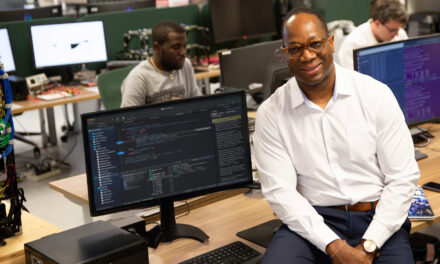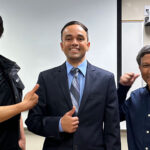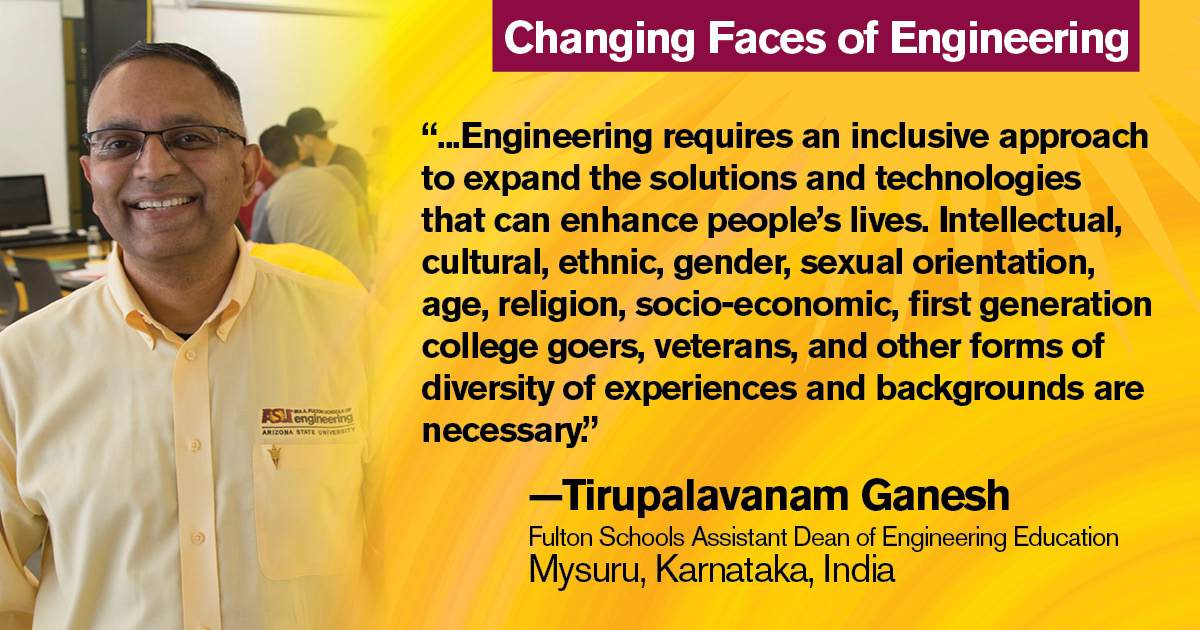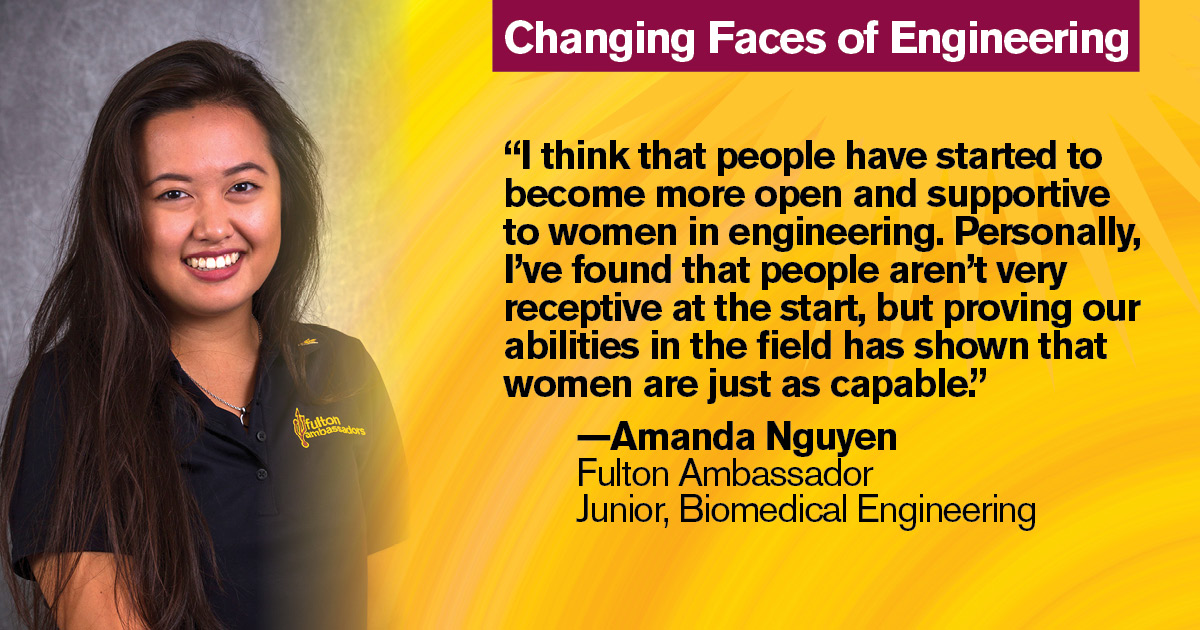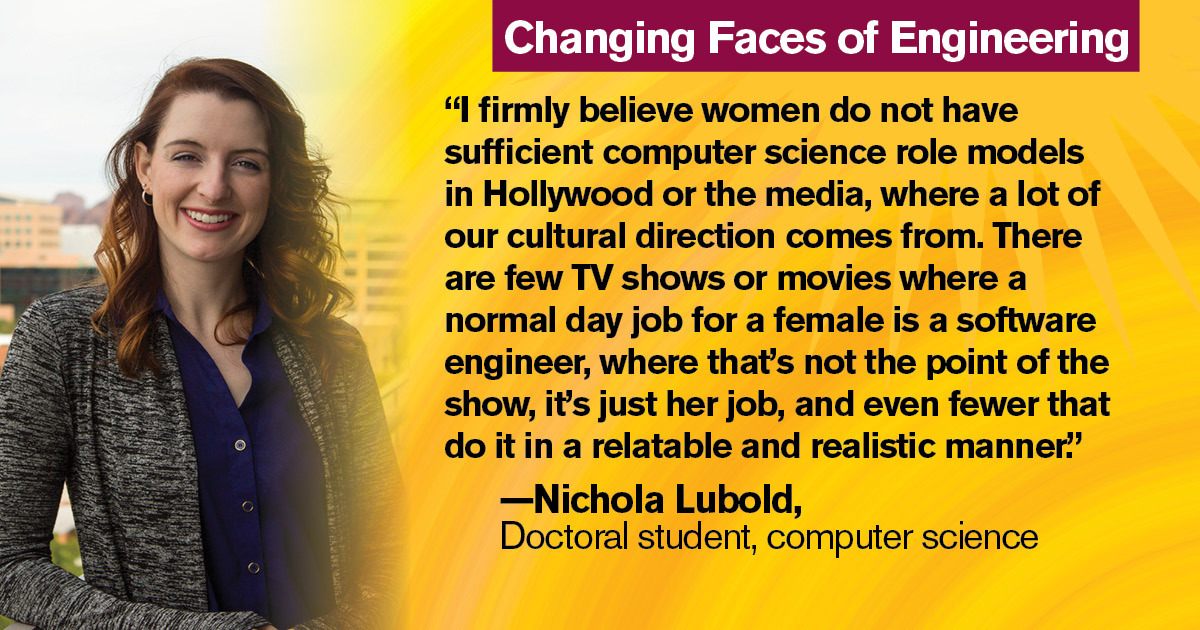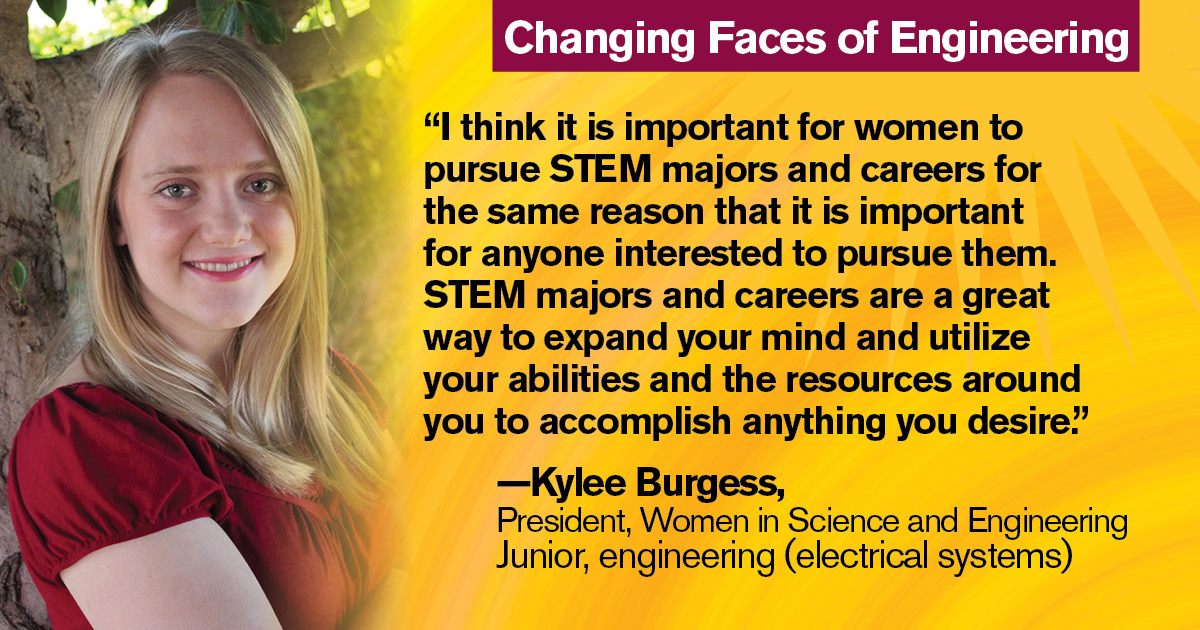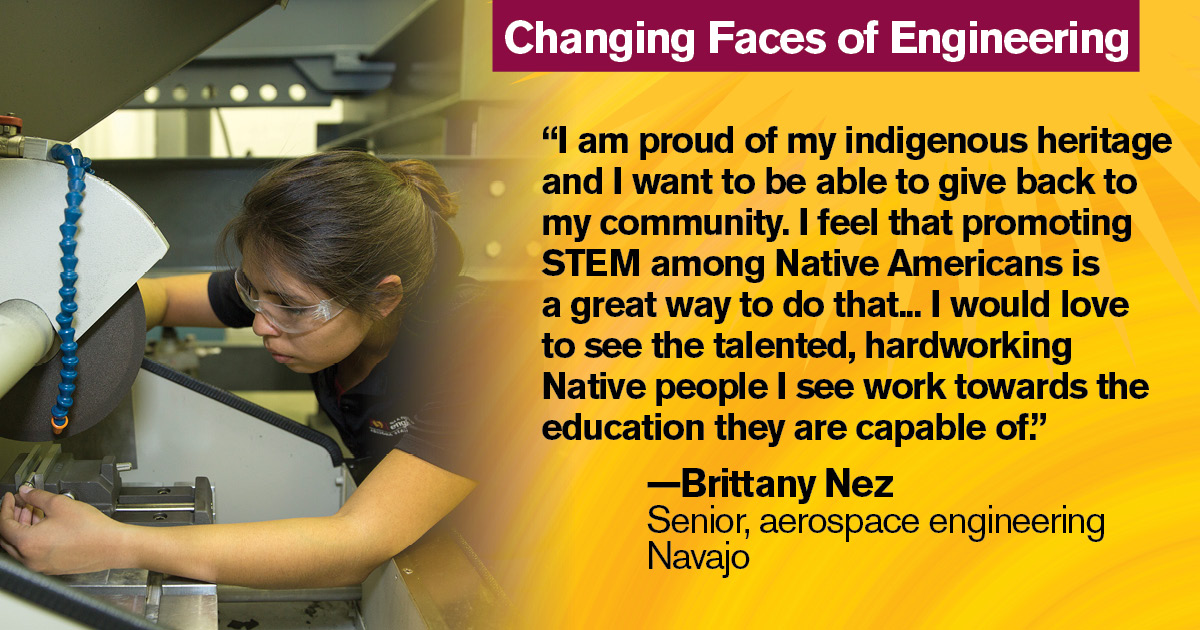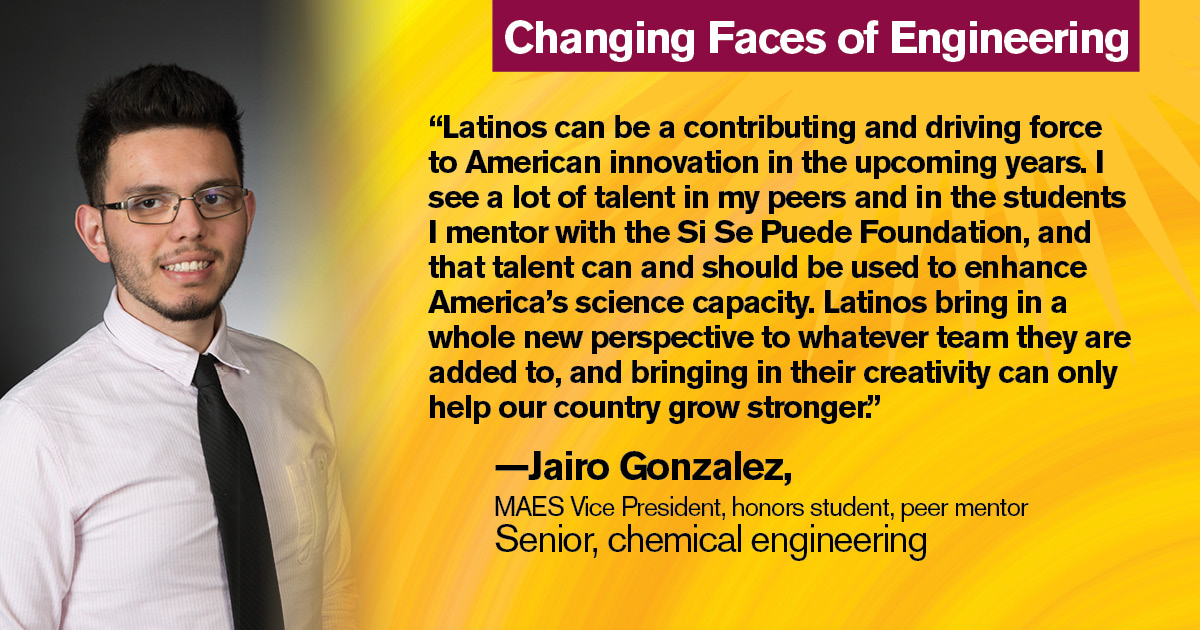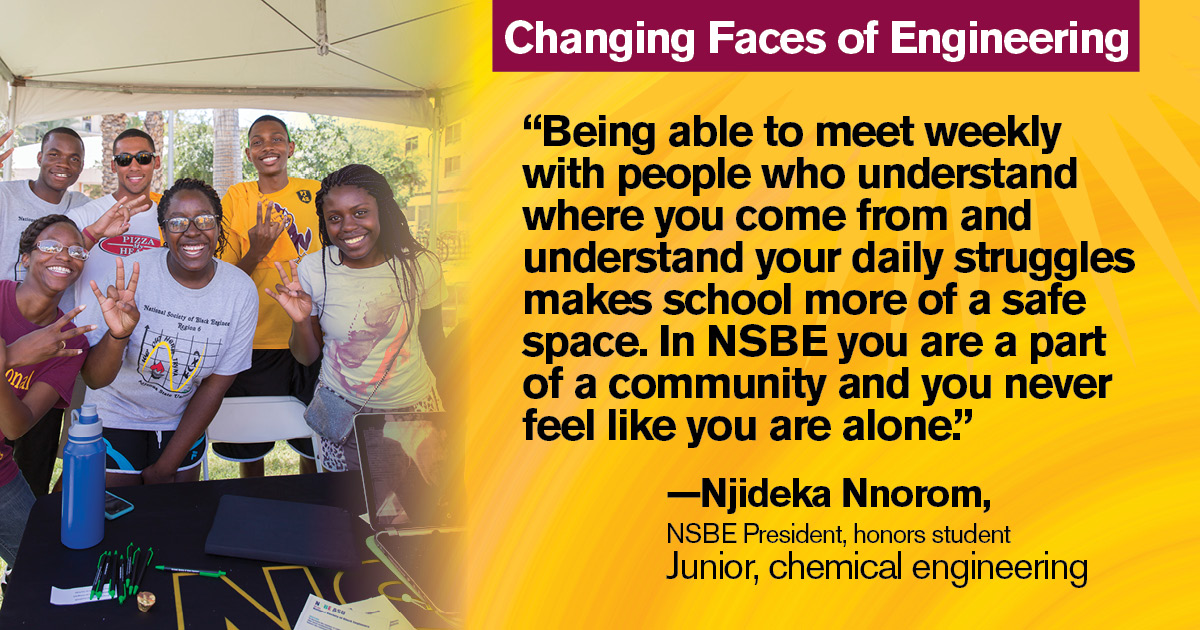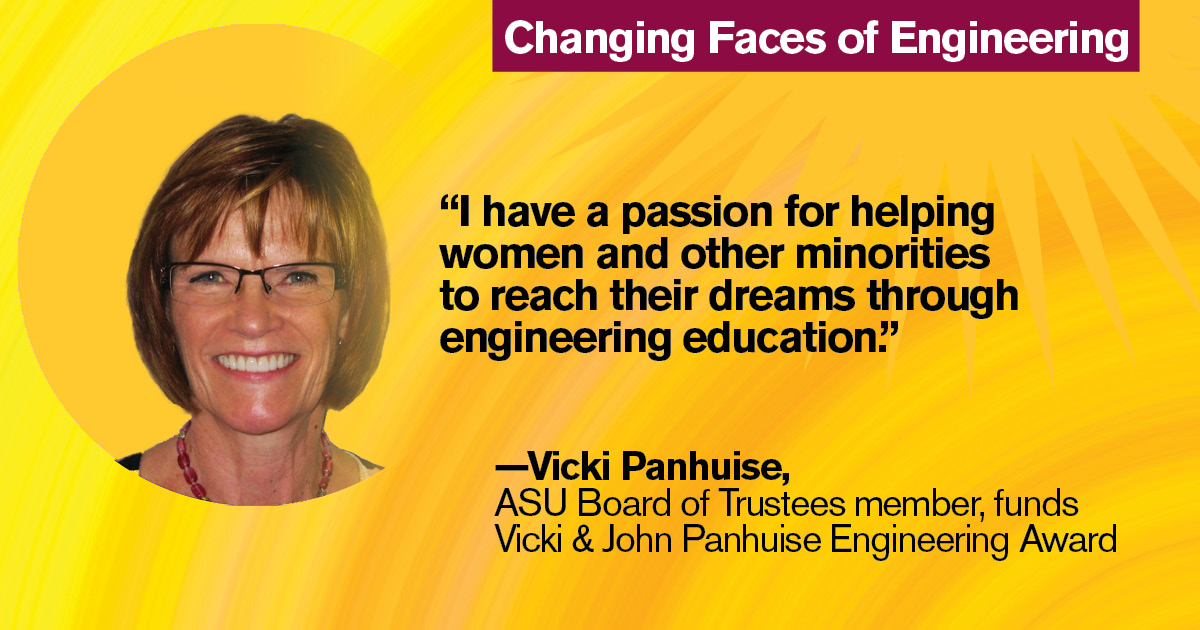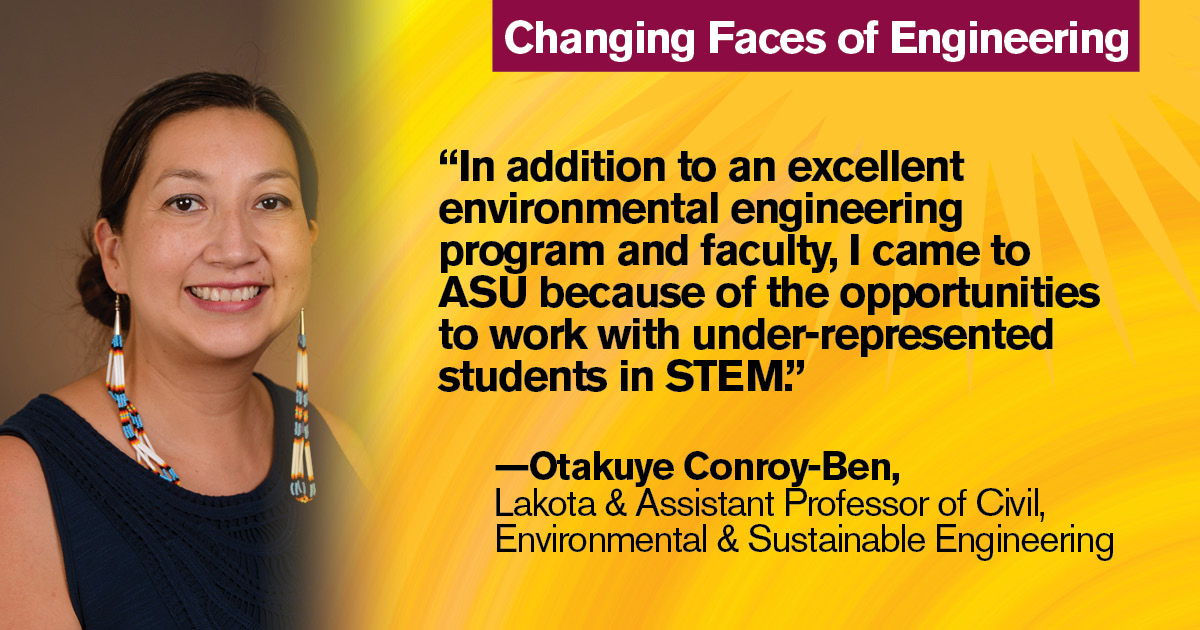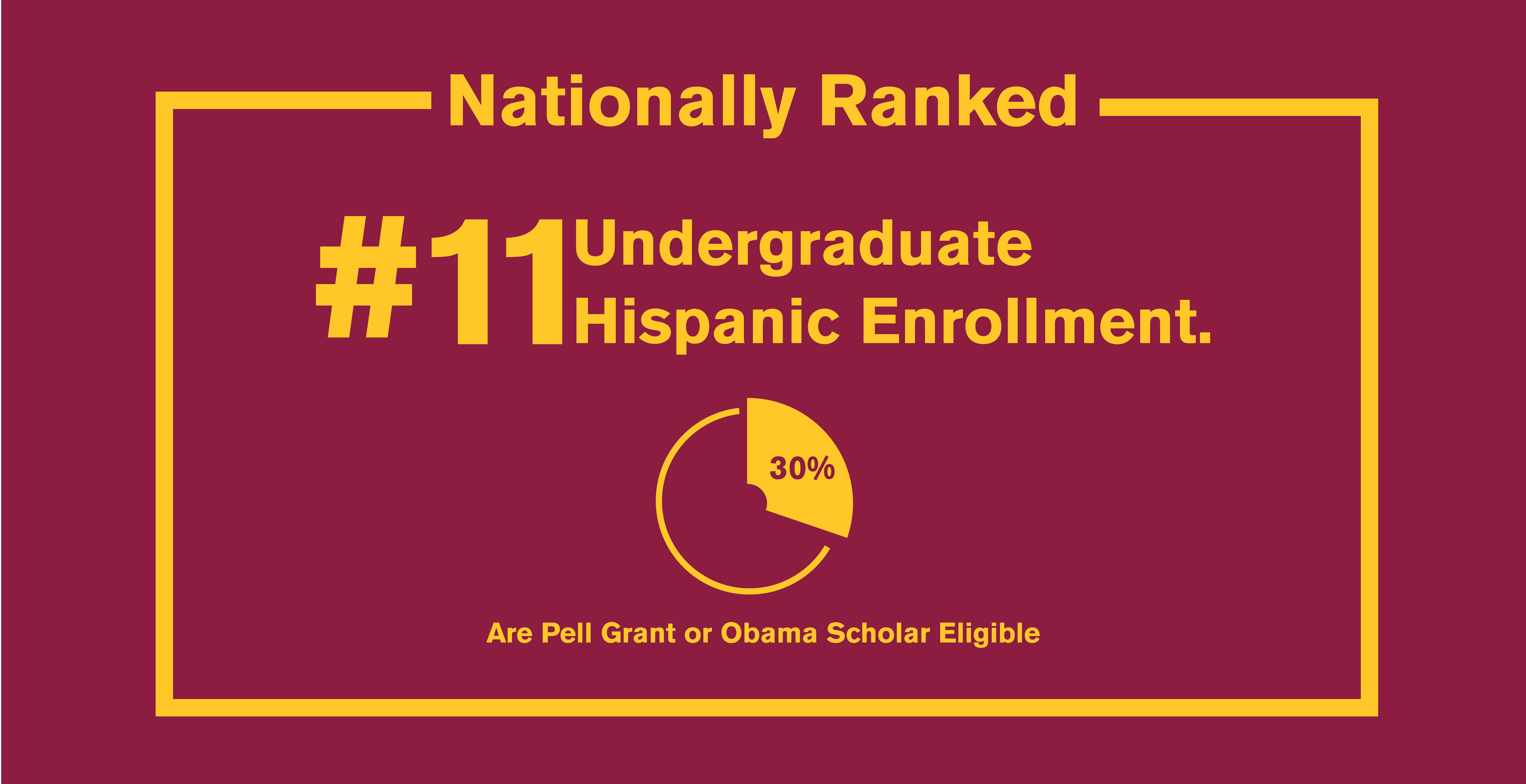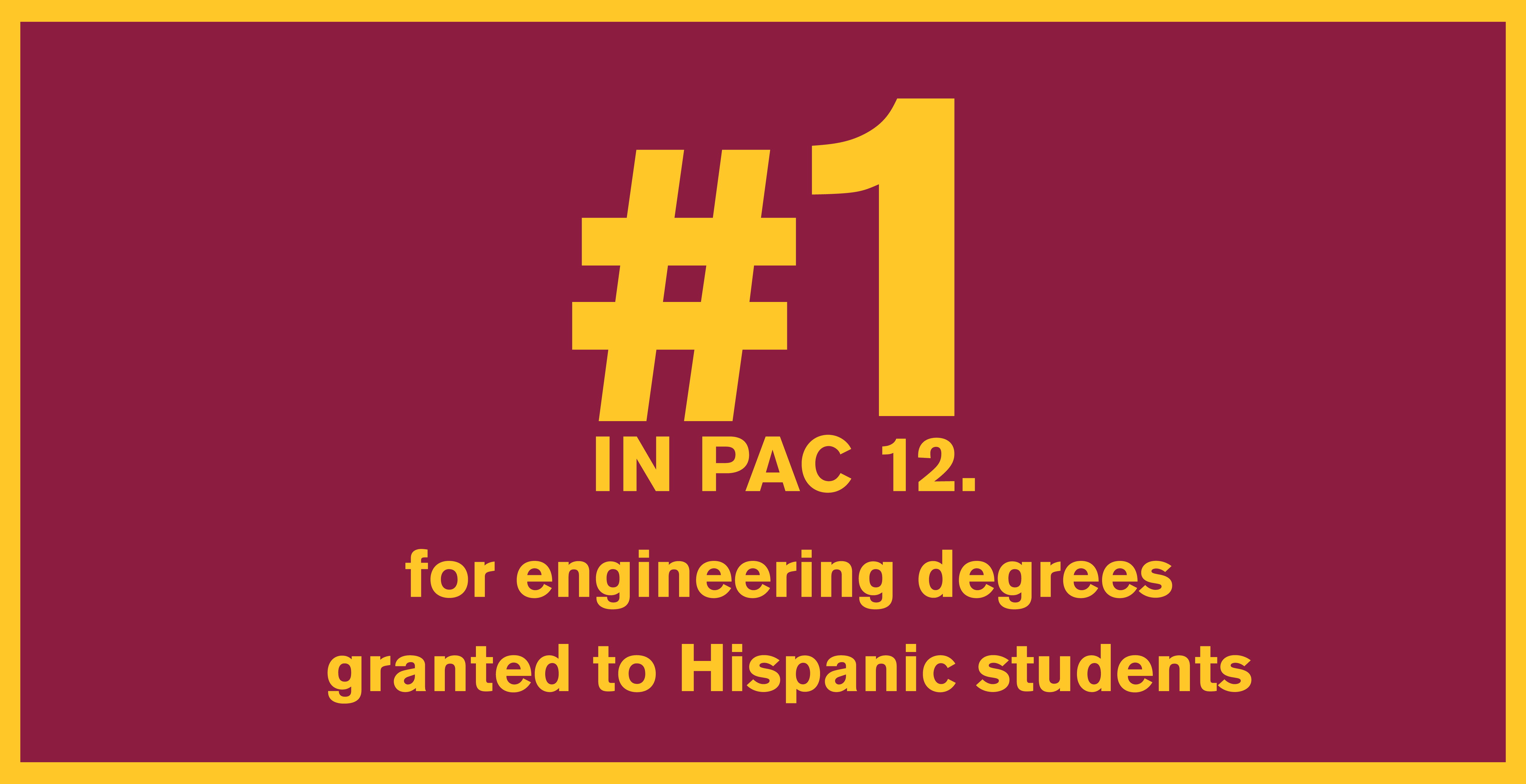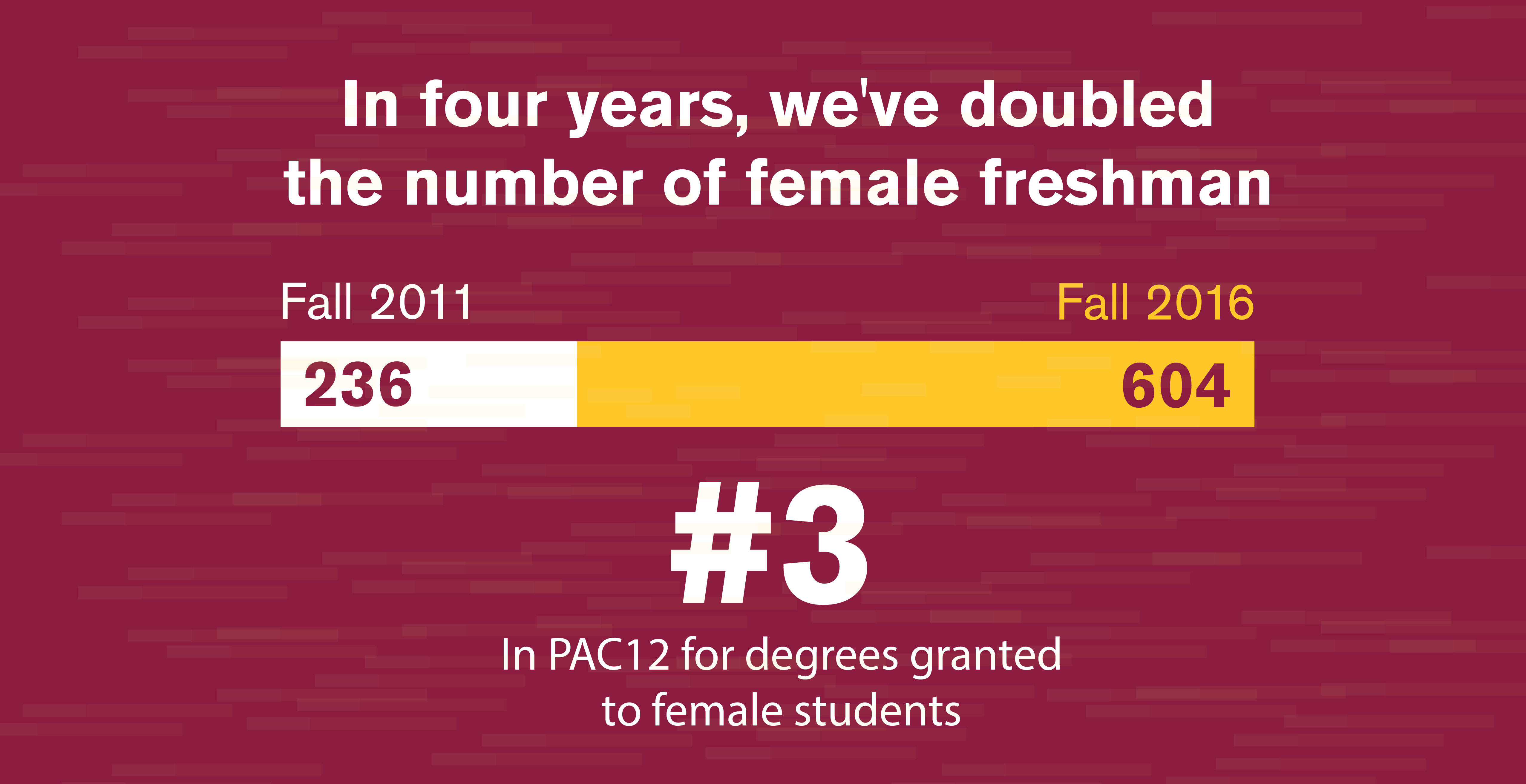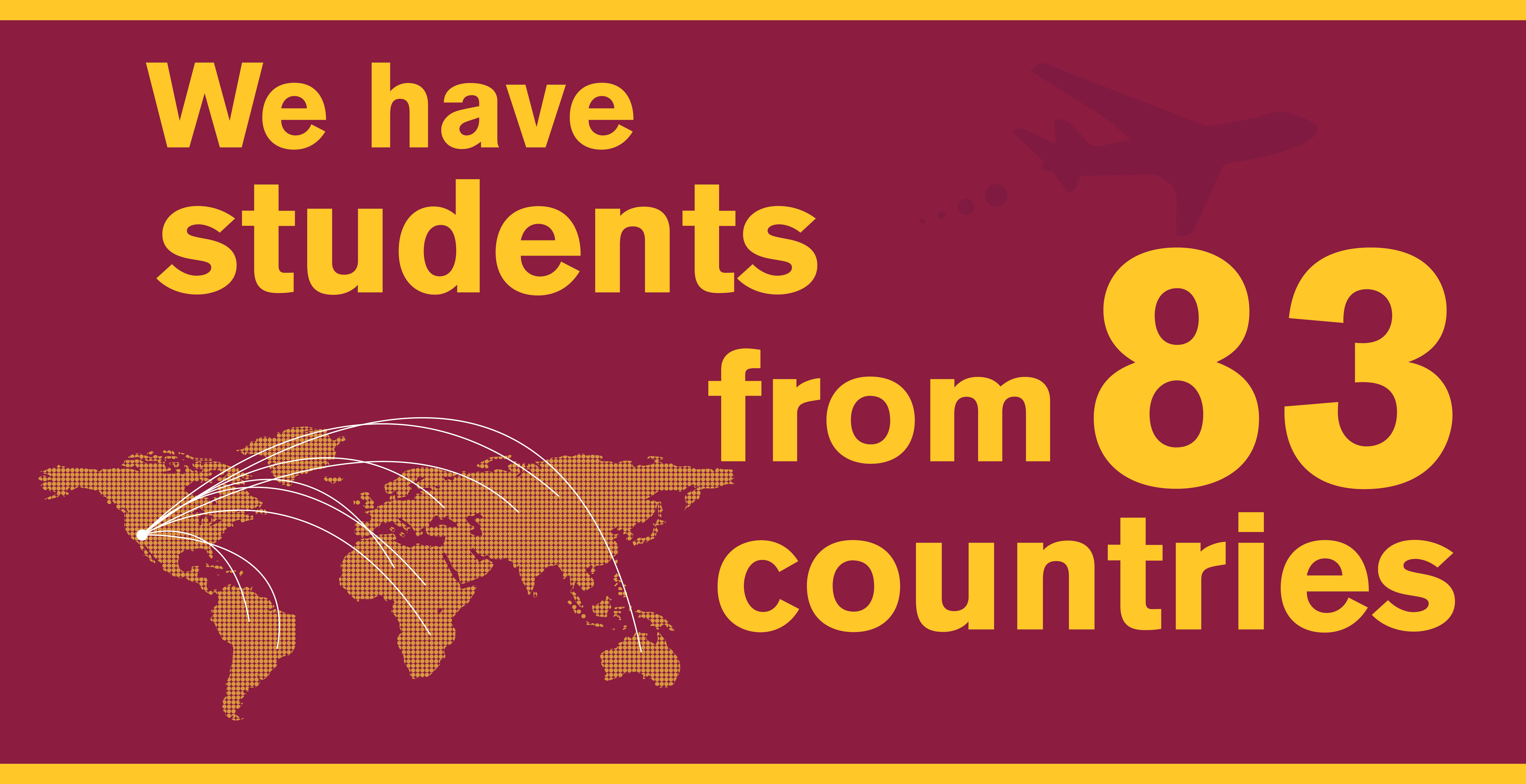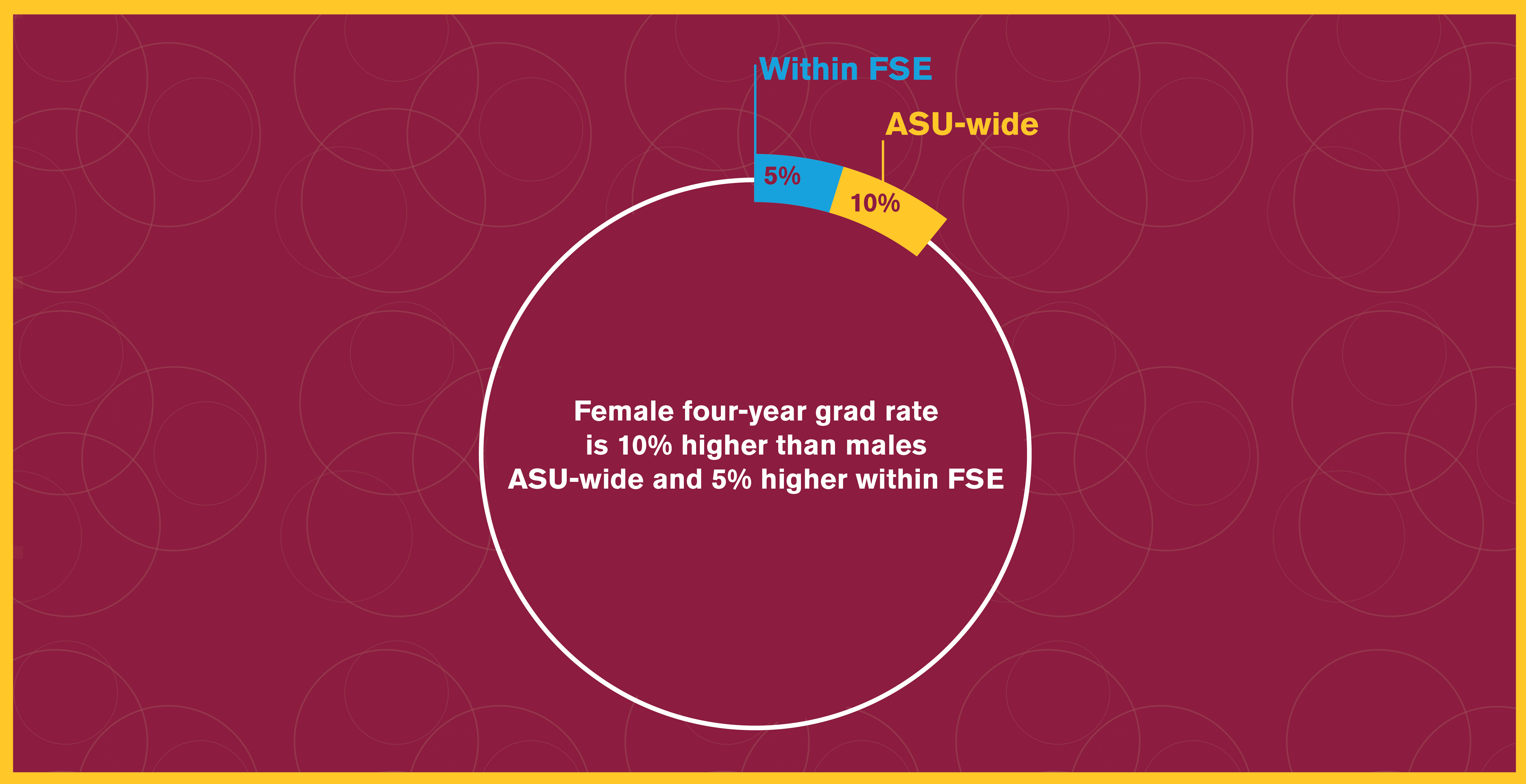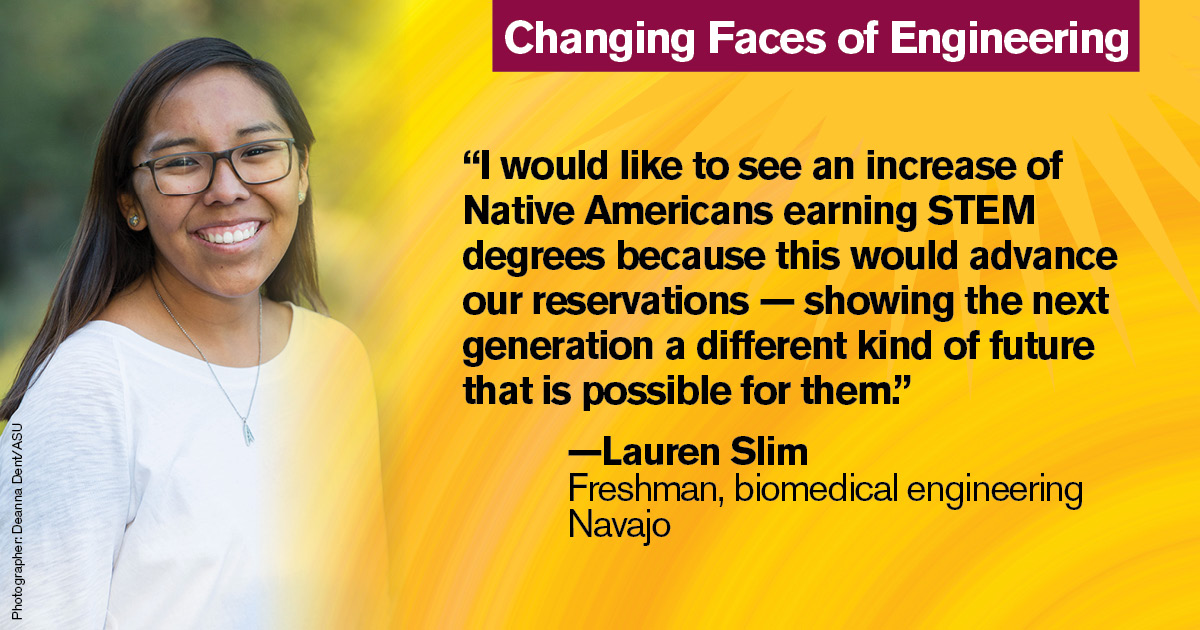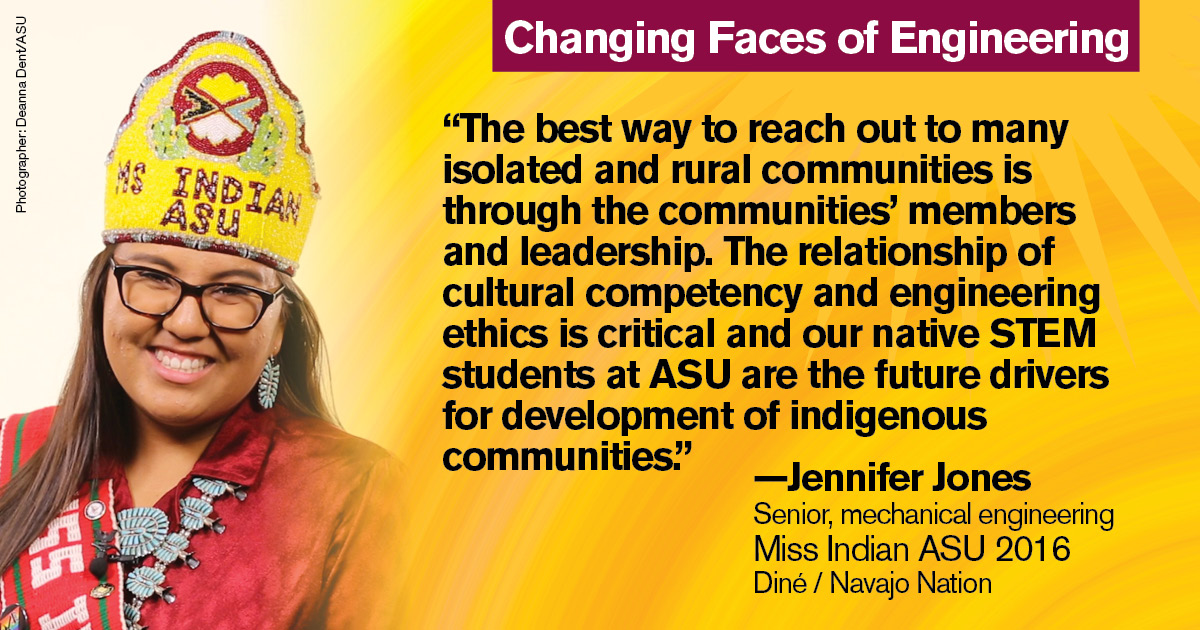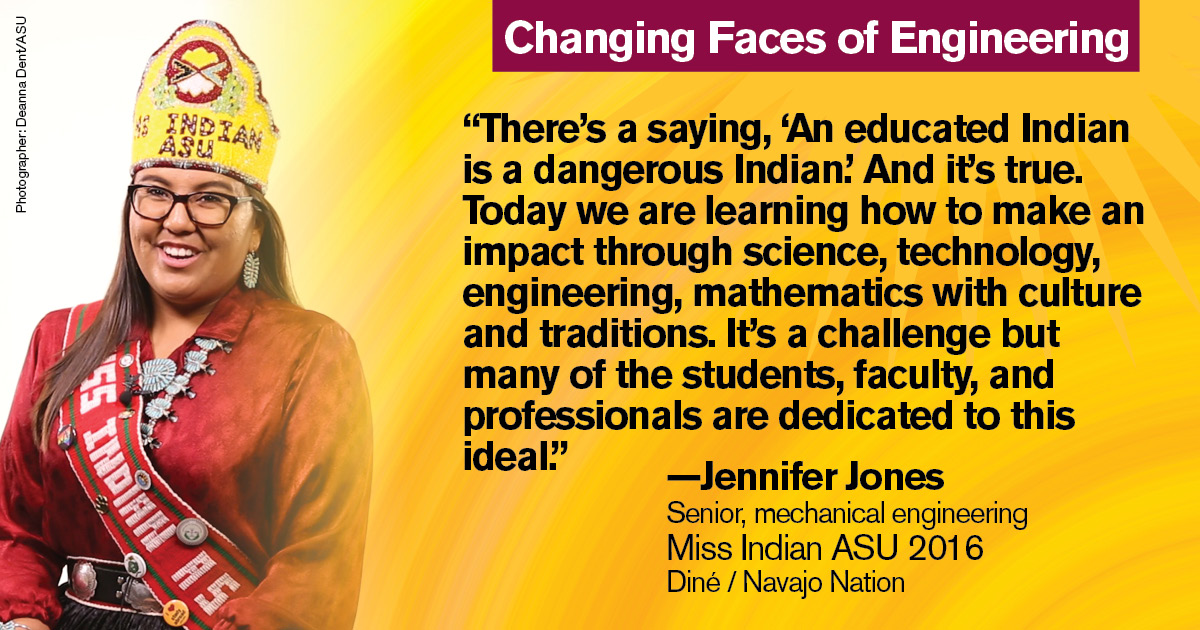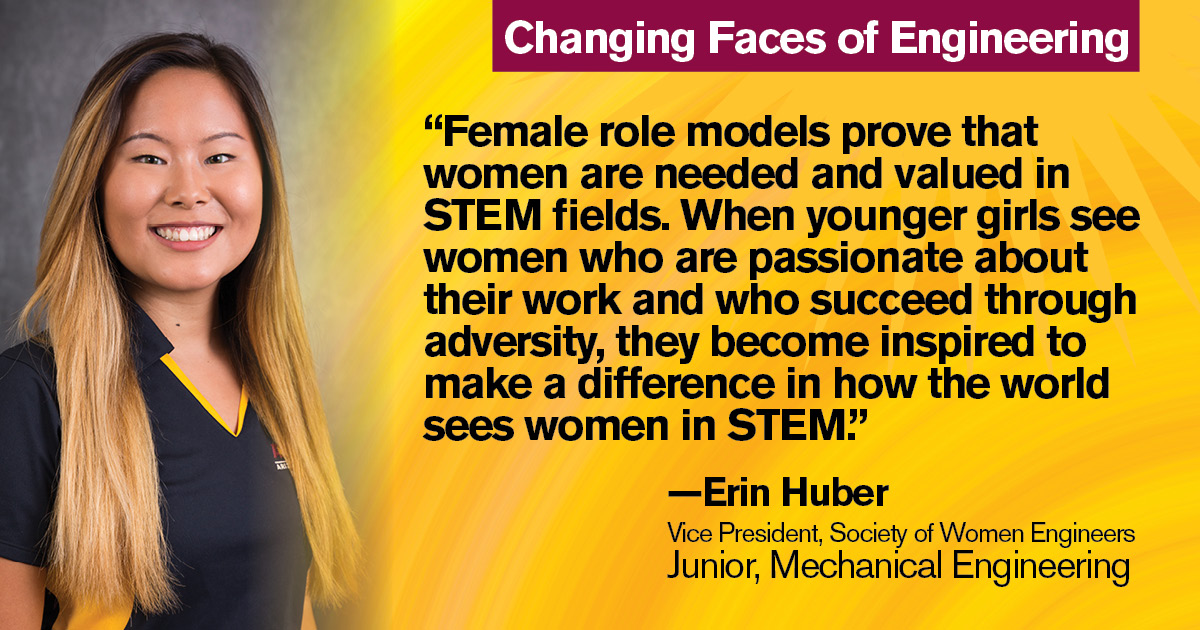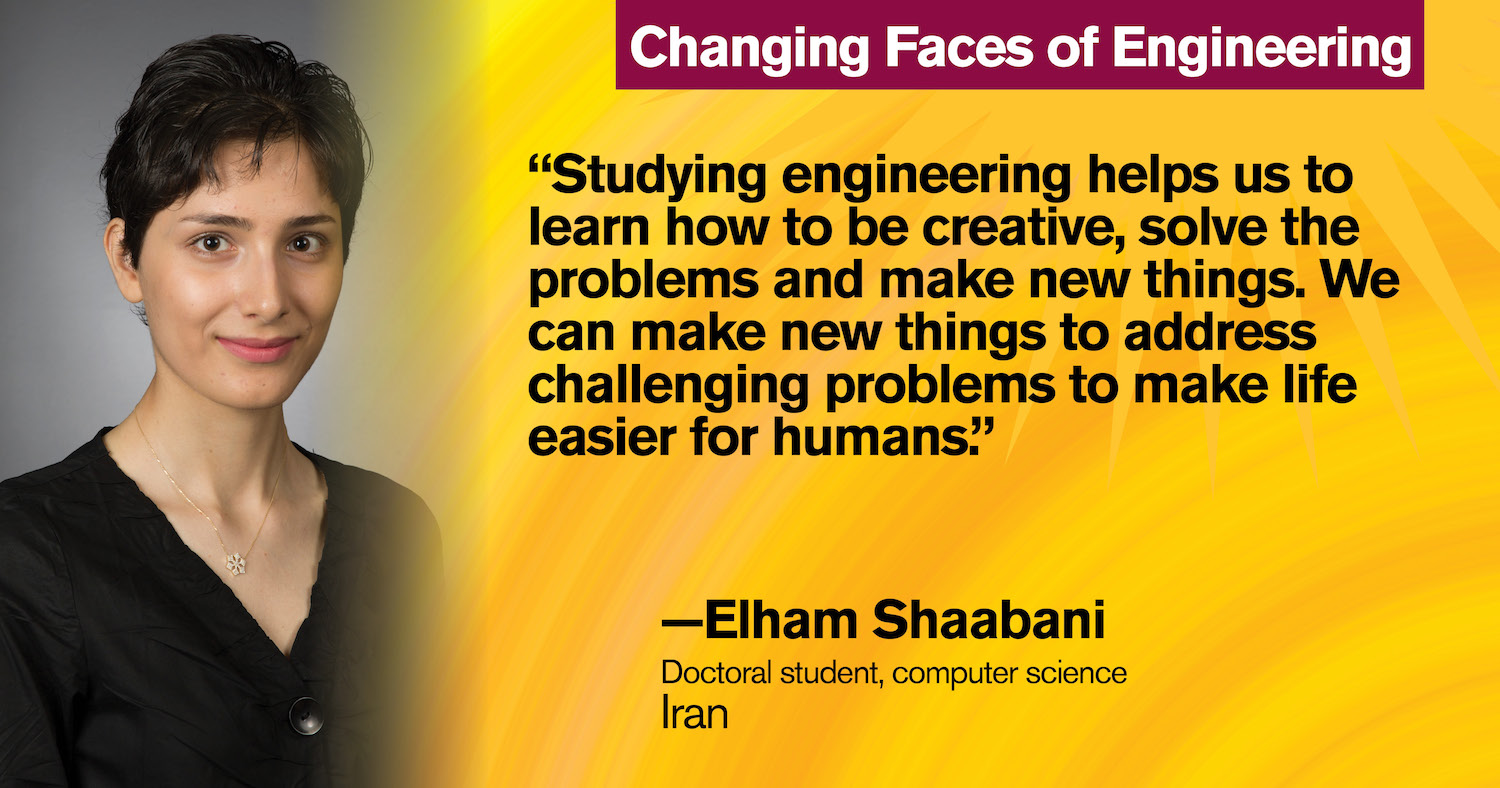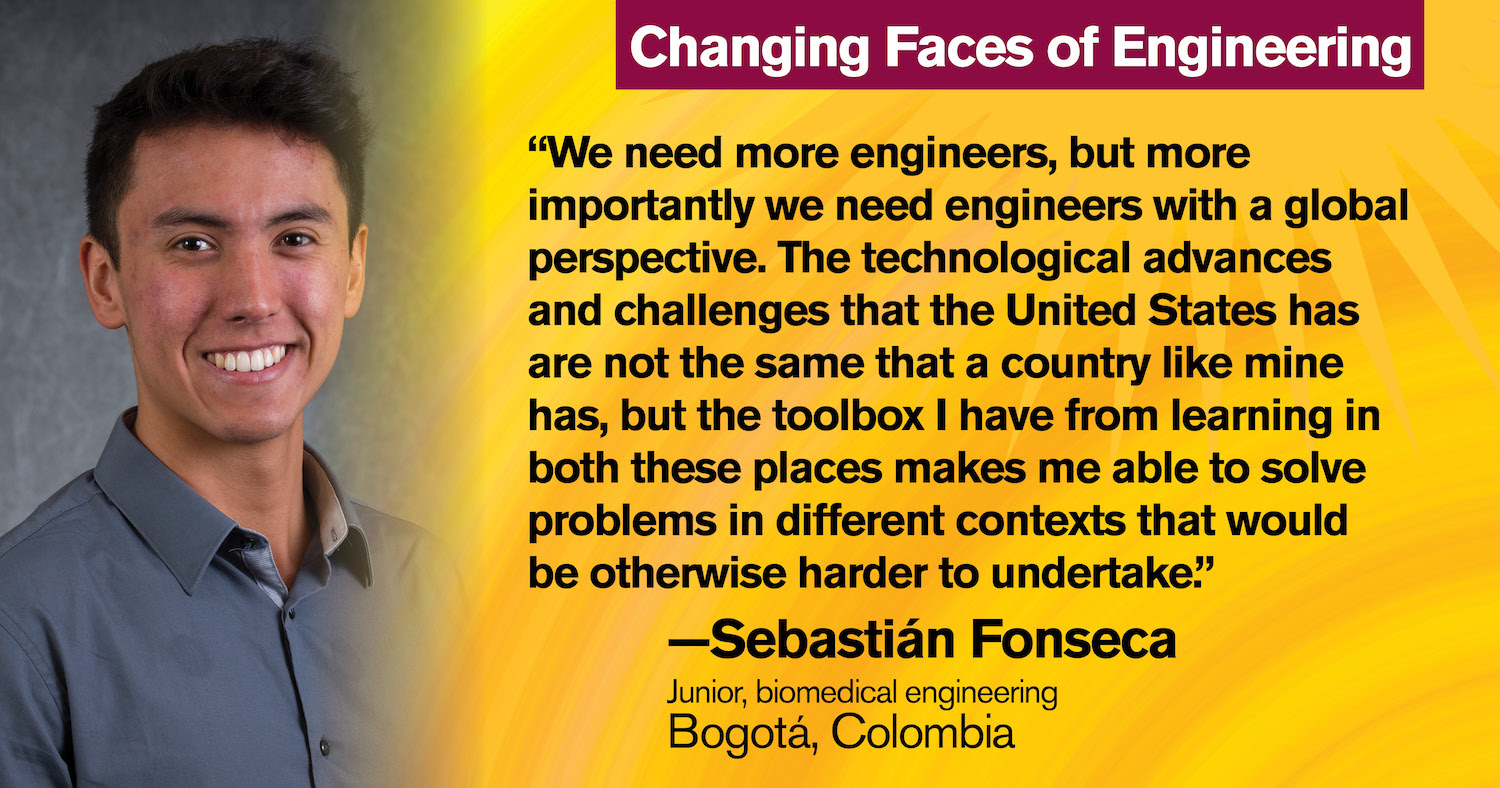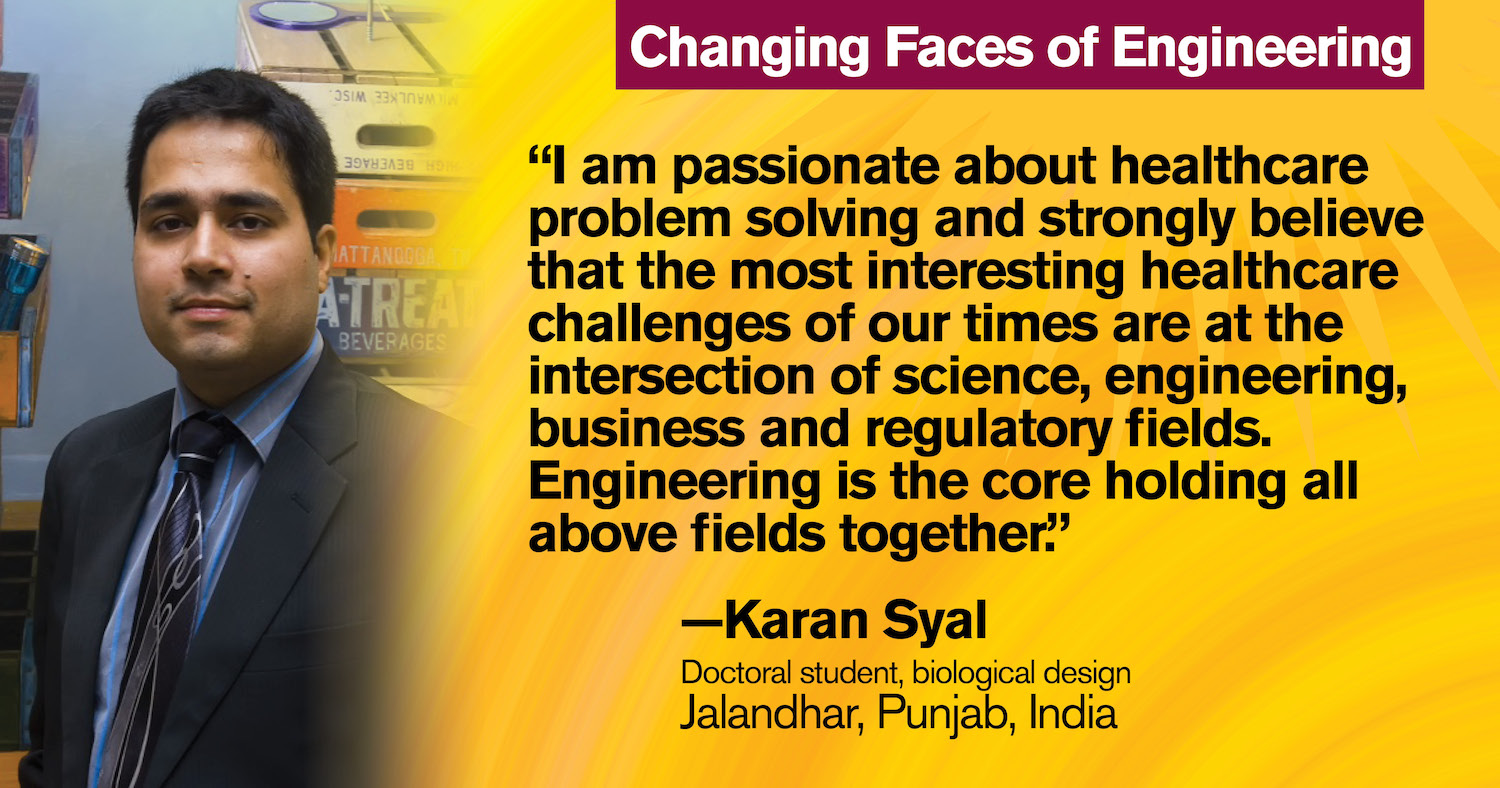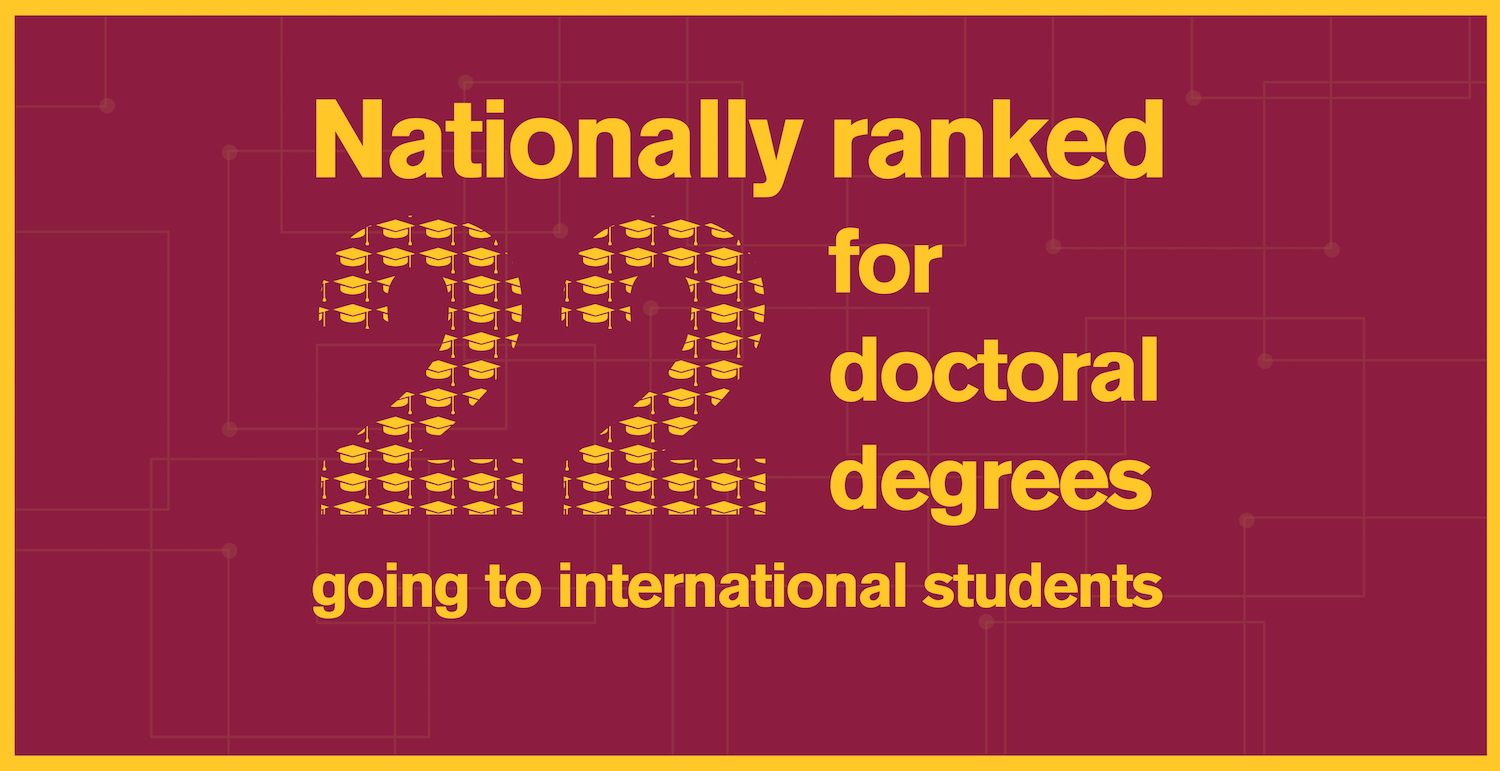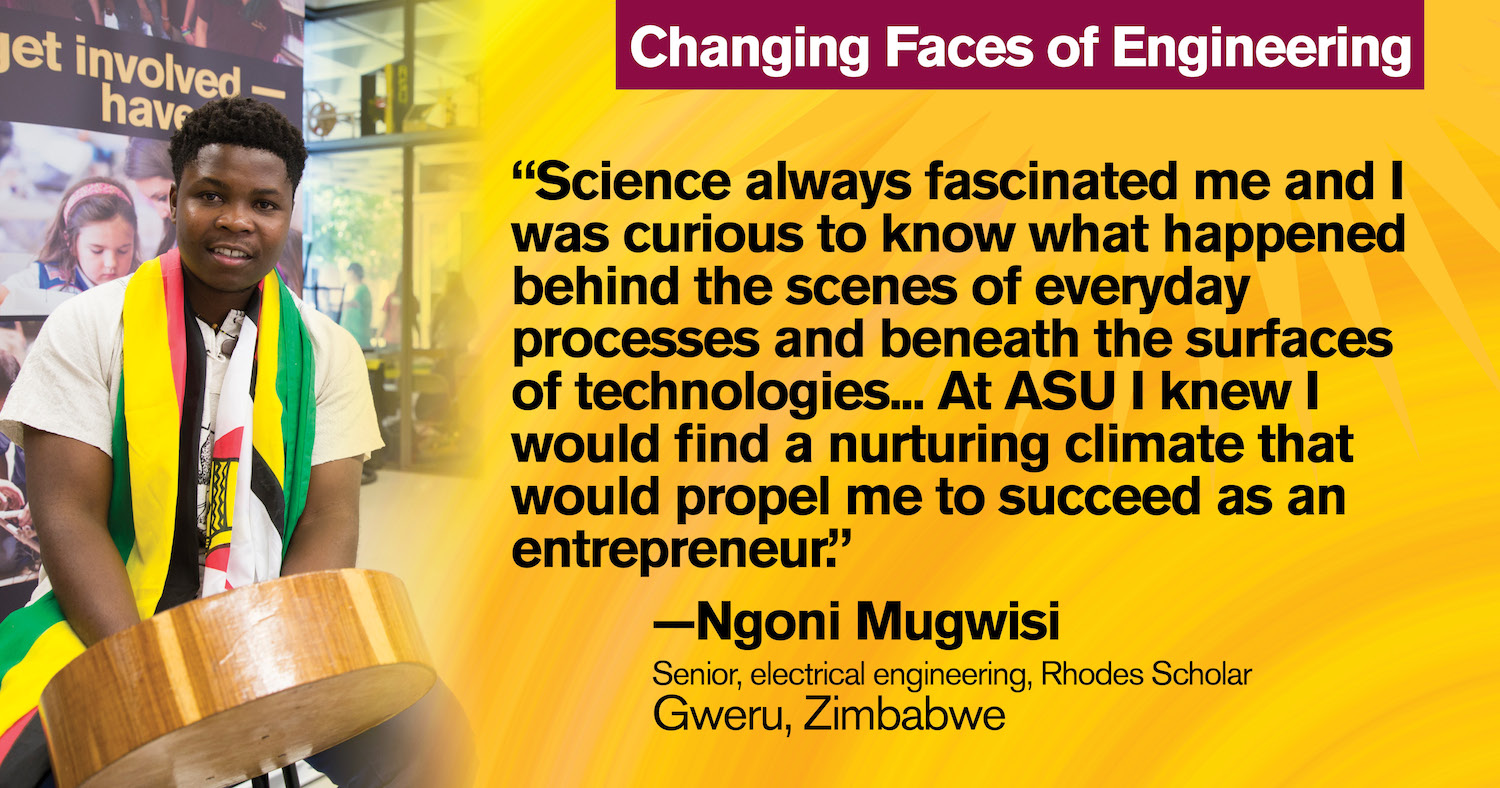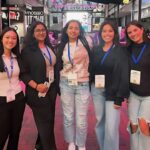
The Changing Face of Engineering
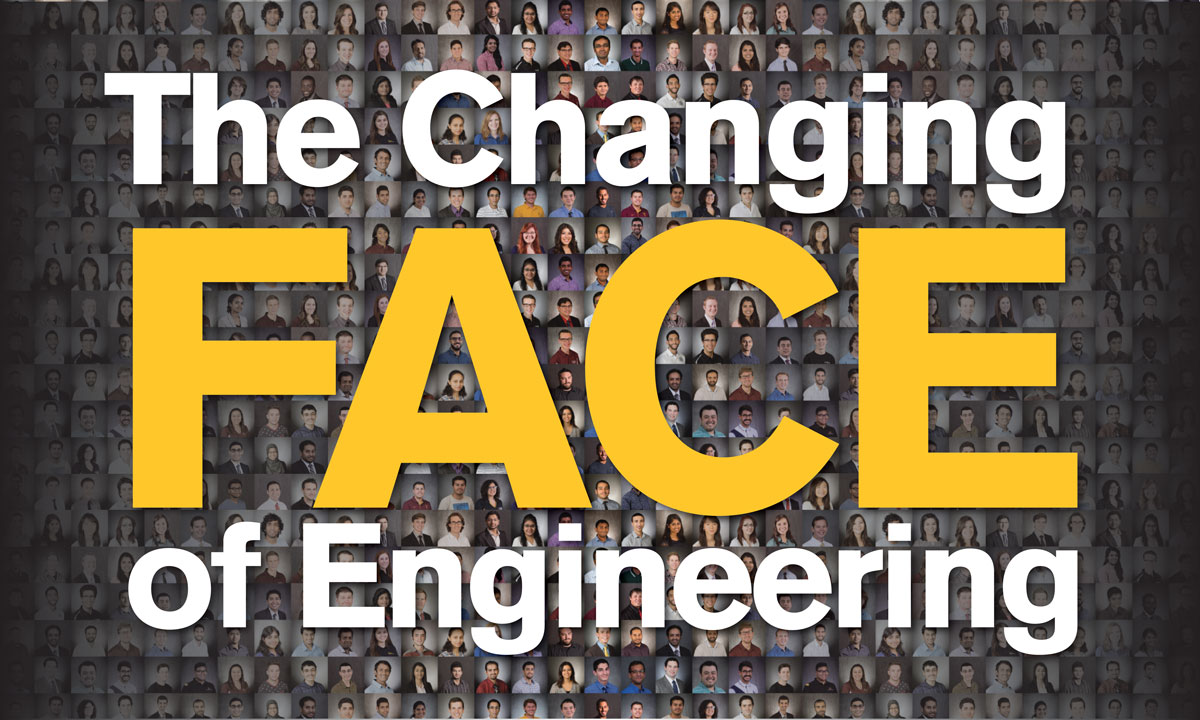
Innovation does not happen in a vacuum. Contrary to popular portrayal, scientific breakthroughs are seldom due to the work of one individual, but rather the result of incremental progress that draws on the research and work of many contributors, from diverse backgrounds, cultures and nations.
In fact, William A. Wulf, former president of the National Academy of Engineering, made a strong and memorable argument in 2002 that the quality of engineering pursuits — and the field as a whole — are greatly affected by the diversity among its practitioners.
“Engineering is a profoundly creative profession — not the stereotype, I know, but something I believe deeply,” said Wulf.
And creativity isn’t something that just happens, it arises from “making unexpected connections between things we already know,” he added.
Wulf concluded that creativity depends on our life experiences, and “without diversity, the life experiences we bring to an engineering problem are limited. As a consequence, we may not find the best engineering solution.”
Much like Wulf, the Ira A. Fulton Schools of Engineering recognize the inherent value that comes from different perspectives and experiences from all walks of life. Inclusion of all — from underrepresented minorities, veterans, international students, to those in the LGBTQ+ community, differently-abled and first-generation students — make the Fulton Schools a richer, more innovative and collaborative engine for change. The Fulton Schools commitment to diversity ensures we produce engineers best-equipped to solve the pressing challenges faced by our world.
As Wulf put it, “As a consequence of a lack of diversity, we pay an opportunity cost, a cost in designs not thought of, in solutions not produced.”
In celebration of our diverse and vibrant student community, this three-part series shares the strides the Fulton Schools have made — and will continue to make — in promoting varying ideas and experiences for the betterment of all.
Each entry features student stories that showcase different facets of the Fulton Schools community and the unique perspective they bring to engineering. The first will highlight students from groups traditionally underrepresented in engineering, the second female students and the third entry will focus on international students.
Underrepresented Minorities
The Fulton Schools boast a growing minority population, including Hispanic, Native American and African American students, traditionally underrepresented in science and engineering. Among these students are 4.0 achievers, student org leaders, volunteer coordinators, entrepreneurs and undergraduate researchers — and many of Arizona State University’s best and brightest.
Female students
The Fulton Schools are committed to balancing the STEM population with the general population. Numerous programs and organizations at the Fulton Schools aim to increase gender diversity in science and engineering, led by women who have found their passion in various engineering fields and are now helping others pursue these rewarding career paths.
International Students
The Fulton Schools are a place where people come together with varied backgrounds from around the globe to work and prepare themselves to move the world forward in innovation and tackle pressing global issues together. In order to take on global issues, you need to have global voices in the conversation to fully understand what those issues are.
Infographics by Keyoni Scott/ASU

















